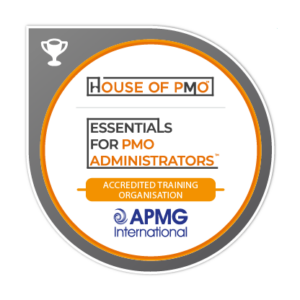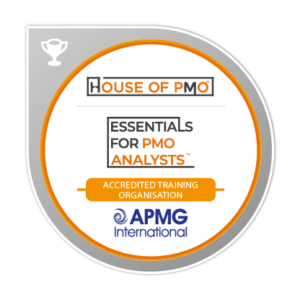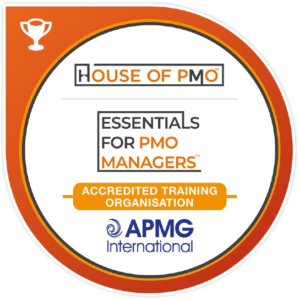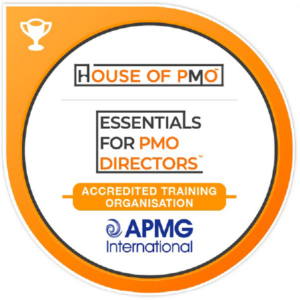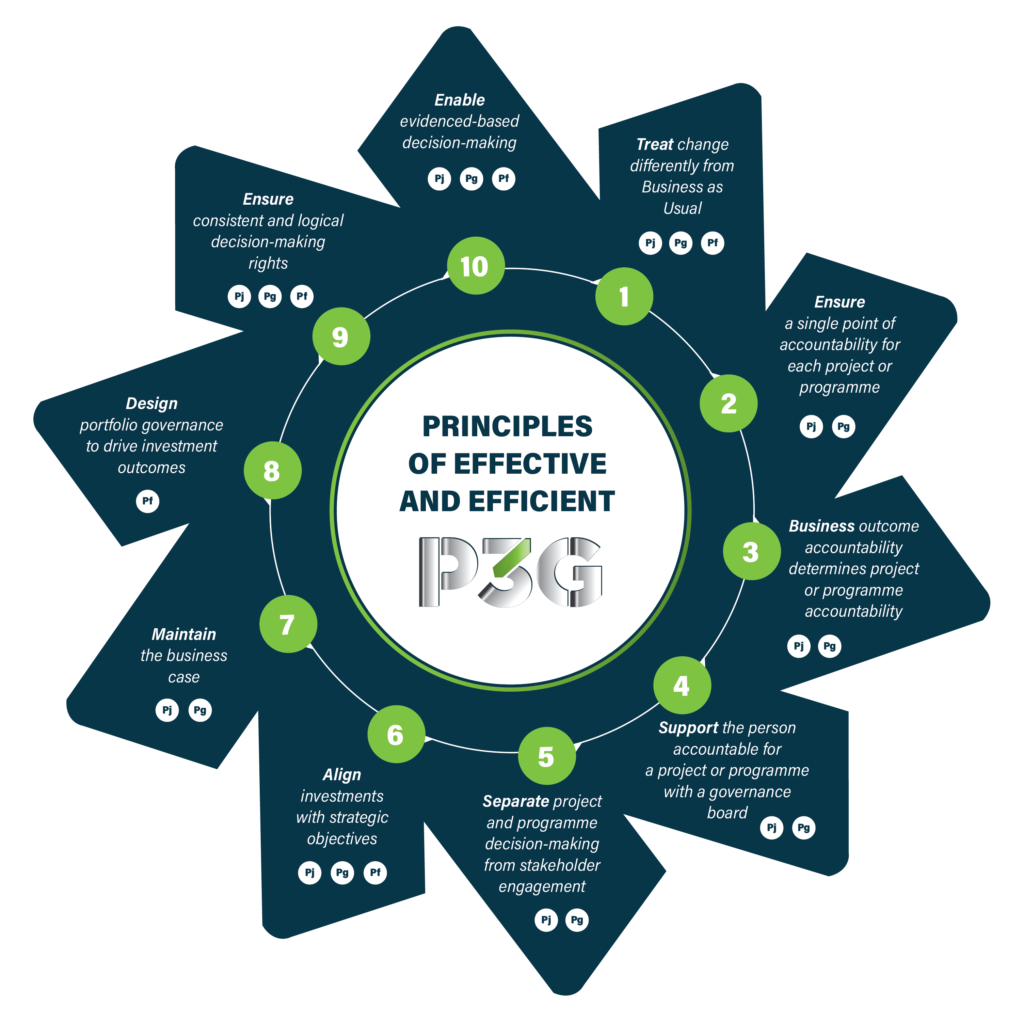
At PMO Learning, we’re passionate about equipping PMO professionals with the tools and knowledge to excel in their roles. That’s why we deliver a range of PMO certifications and create specialist courses tailored to the unique challenges of working in a PMO.
One of the big questions we constantly ask ourselves is: “How effective is our training?” It’s vital to us that everyone who takes part in our courses leaves with practical insights and skills they can use to make a real difference in their workplace.
Ensuring Training Effectiveness
To make sure our training hits the mark, we rely on rigorous evaluation. This includes gathering immediate feedback through surveys and conversations with delegates after the training and checking in with them later to see how they’ve applied their learning in real-world scenarios.
For organisations investing their training budget into PMO courses, it’s just as important to evaluate the impact. Most organisations are expected to demonstrate the return on their training investment—showing how it’s added value, improved skills, or contributed to business outcomes.
Using the Kirkpatrick Model
A well-regarded framework for measuring training success is the Kirkpatrick Model, which evaluates training on four levels:
- Reaction – How did participants respond to the training? Did they find it useful and engaging?
- Learning – What new knowledge, skills, or attitudes did participants acquire?
- Behaviour – How have participants applied the learning in their job?
- Results – What has been the organisational impact?
Here’s how PMO teams can use this model:
Level 1: Reaction
The first step is to gather participants’ reactions to the training. Immediately following a session, we use surveys or interviews to gauge their impressions of the course material, trainer effectiveness, and overall satisfaction. This is essential for understanding whether the training resonates and meets expectations.
Example Questions:
- Was the training content relevant to your role in the PMO?
- Did the trainer explain concepts clearly and effectively?
- Would you recommend this training to your colleagues?
This initial feedback helps us identify strengths in the course and pinpoint areas for improvement. It ensures that our delegates leave with a positive impression of their learning experience.
Level 2: Learning
The next step is evaluating what participants have learned. Many PMO certifications include an exam, either during or shortly after the course, which provides a clear measure of knowledge retention. For other courses, we incorporate practical exercises or quizzes that enable delegates to demonstrate their understanding of key PMO concepts, tools, and techniques.
Example: After a course on project portfolio management, attendees might work through a case study exercise, applying prioritisation frameworks to real-world scenarios. Their performance in these activities helps assess their grasp of critical skills.
Level 3: Behaviour
The true value of training lies in how effectively participants apply their new skills in their day-to-day work. This requires ongoing evaluation and collaboration with the organisation to monitor behavioural changes over time.
Key activities at this stage might include:
- Observing how employees use new skills during project delivery or governance reviews.
- Collecting feedback from managers and colleagues about improvements in performance.
- Reviewing project performance metrics to identify trends before and after training.
Example: Following a risk management course, you might track whether attendees are proactively identifying and escalating risks within their projects, contributing to smoother project delivery.
Level 4: Results
Finally, evaluate how the training has contributed to organisational goals. This may include metrics such as:
- Improved project delivery times.
- Increased stakeholder satisfaction.
- Reduced project costs or risks.
Example: After training on project governance, organisations might see an increase in compliance with project management standards, leading to fewer delays and higher project success rates.
Practical Example for PMO Professionals
Let’s say your organisation sponsors team members for a course on portfolio management. Using the Kirkpatrick Model:
- At Level 1, capture their impressions of the course content and delivery.
- At Level 2, ensure attendees can confidently apply portfolio prioritisation techniques.
- At Level 3, track their success in implementing these techniques during project review cycles.
- At Level 4, measure if improved prioritisation leads to better resource allocation and increased portfolio success.
By investing time and energy into evaluating training, we ensure every pound spent on professional development is meaningful. It’s not just about attending a course; it’s about driving tangible improvements that matter to the organisation and the professionals within it.
Tailoring Training for Maximum Impact
To ensure training is precisely aligned with your organisation’s objectives, PMO Learning offers a comprehensive Training Needs Analysis (TNA) framework. This helps identify specific skill gaps and organisational goals, ensuring that training delivers the maximum benefit. Additionally, we provide in-house and bespoke training options tailored to your unique PMO challenges. Whether you’re looking to standardise practices, upskill your team in portfolio management, or focus on specialist areas like benefits realisation, PMO Learning’s customisable solutions ensure your team is equipped to excel. Let’s work together to create a training programme that delivers measurable results and drives success in your PMO.
Looking to train your team or entire organisation? Get in touch with our training specialist to discuss your next steps.
Enjoying Our Blog?
Sign up and receive all our articles (we’ll send you an update once a week!) plus special offers and events:






